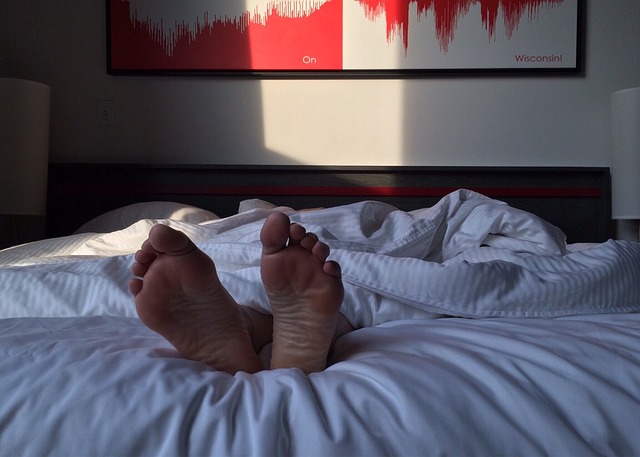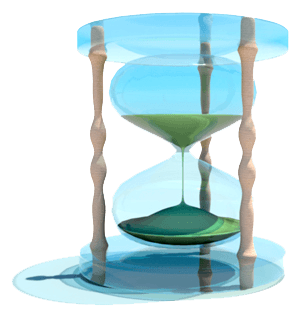Archive for July 2017
A Pain in the Tailbone
Coccyx Pain is often severe
Coccydynia is the scientific name that refers to pain in the tailbone, the small bone which forms the final segment of the vertebral column. It connects with the sacrum by way of the sacrococcygeal joint and stabilizes the base of the spine where it meets the pelvis. An injury here means that basic actions such as sitting or going to the bathroom can cause severe pain. But how does coccydynia develop?
The Therapeutic Release of Spinal Decompression
Gravity puts your spine under constant compression
So while we have to thank gravity for stopping us from floating away, we also have to contend with this compressive force that is constantly putting our spines under pressure. Along the course of our lives, there will be many other forces that contribute compression to our backs, some of which are not in our control (think, injury). However, there are many things we can control including posture! Posture is one of the most important factors in preventing compression to the spinal cord. For example, forward head posture, in which a person’s head is held forward from the balanced position atop the spine by a matter of inches, magnifies the downward pressure on the spine. Over time, poor posture and compressive forces will conspire to narrow the spinal canal, creating a whole host of problems. Common compression related spinal problems include: herniated discs, degenerative disc disease, sciatica and pinched nerves.
Decompression therapy is the logical answer to compression-related conditions
Chiropractic utilizes a number of modalities to provide decompression therapy for spines suffering from constant compression. Spinal elongation rests upon the idea that we can reduce compression and open up space between vertebrae, allowing intervertebral discs the space they respite they need from compression. In so doing, your discs can rehydrate and in certain cases, bulging material may even retract to its original position. Modalities we use at Scorca Chiropractic to encourage spinal elongation include:
- Manual and mechanical traction
- Chiropractic adjustment
- Inversion
- Physical therapy
Spinal elongation and decompression are pain relief embodied
Decompression therapy is an effective tool for managing pain associated with compression-related conditions. However, it is not for everyone or all types of conditions; to find out if it is right for you, give our office a call to schedule an appointment today.
The Nervous System on Stress
Stressed and tensed: response of the nervous system to stressful input
For the purposes of clarity, we divide the nervous system into three sub-categories: the direct, or central, division includes brain and spinal cord while the peripheral group includes the autonomic and somatic nervous systems. The autonomic nervous system is the most involved in the body’s stress response because of a further subdivision known as the sympathetic nervous system or SNS.
The sub-division is thus:
Central nervous system –> Peripheral subdivision –> Autonomic nervous system –> sympathetic nervous system
Read more to find out how stress interacts with the sympathetic nervous system and what we can do about it.
Do You Have A Moment to Spare for a Massage?
Massage: hands-on health improvement
Massage forms an integral part of chiropractic care because it treats one of the signal causes of subluxation: muscle tension. Because tight, chronically contracted muscles pull your body and spine out of alignment, a great way to prevent this from happening is to resolve the muscle tension before it causes more serious problems. We go about this by detecting points of tension that could lead to spasm and dispelling the tension through targeted and effective massage and trigger point therapy.



